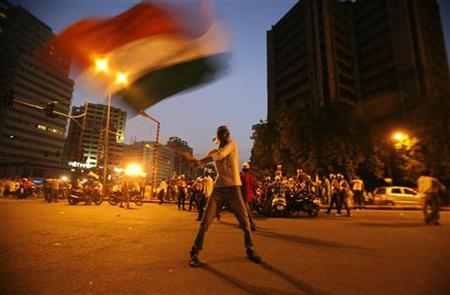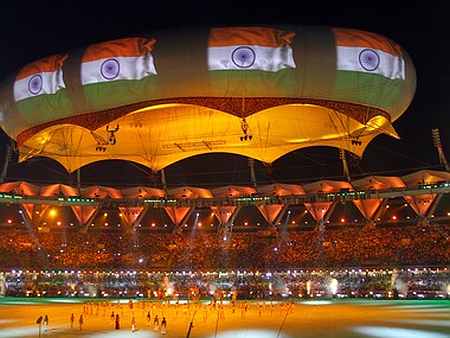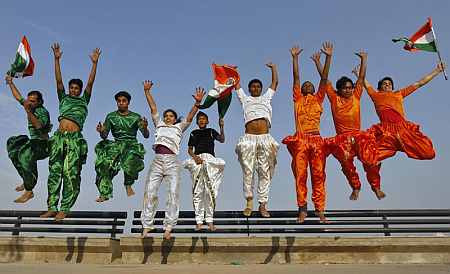 | « Back to article | Print this article |
The alarming case of India's declining growth figures
The figures for India's gross domestic product (GDP) growth in the fourth quarter of 2011-12, which were released on Thursday, show that the economy is in crisis. Between January and March this year, GDP grew at 5.3 per cent -- the lowest growth for nine years, since the same quarter in 2003.
Even for the full financial year of 2011-12, growth declined to 6.5 per cent, again a nine-year low. Never in the United Progressive Alliance's (UPA's) entire tenure has growth decelerated to such a level.
The crisis is visible across sectors -- even services, normally the engine of growth, clocking near double-digit figures even if agriculture and industry are anaemic, grew at only 7.9 per cent.
Click NEXT to read more...
The alarming case of India's declining growth figures
Agriculture grew at a worryingly low 1.7 per cent, which has grave implications for rural demand and farmer distress. But the real kicker was industrial growth, which was only 1.9 per cent in this quarter. India's manufacturing sector is in trouble.
Nor are there encouraging signs for 2012-13. It is true that gross fixed capital formation, at 30.9 per cent of GDP, has seen a turnaround after two straight quarters of decline. But there are few other such signals.
Most importantly, the eight "core" manufacturing and infrastructure industries, indicators of future performance, grew by 2.2 per cent in April, down from 4.2 per cent in the same month last year.
Click NEXT to read more...
The alarming case of India's declining growth figures
This is the same growth that the core sector clocked in March. The core sector accounts for 37.9 per cent of the index of industrial production, which will dip correspondingly when released on June 12.
But even more worryingly, the non-performance of infrastructure industries shows that basic inputs are getting more scarce throughout the economy -- indicating both supply choke-points and weak demand going forward.
The secondary sector crisis is, in many ways, as bad as was seen during the third quarter of 2008-09, at the height of the global financial crisis. Strong rural demand existed to tide over the rough patches at times thereafter.
Click NEXT to read more...
The alarming case of India's declining growth figures
However, with agriculture growth already at 1.7 per cent and a below-normal monsoon being forecast, that reserve of demand will not be available this time around.
The government, meanwhile, beset by high fiscal deficits induced by profligate spending and a lack of reform in subsidies, is no longer able to prop up demand. It would be unduly optimistic, therefore, to expect that any recovery is in sight; there is no reason to suppose that the economy has even bottomed out.
The government has been sanguine, so far, about India's prospects of recovery, insisting that it is just around the corner, but a few months away.
Even when the figures for industrial growth in 2011-12 were released and it was seen to be merely 2.8 per cent (as opposed to 8.2 per cent in 2010-11), the government's reaction was muted, a mere statement of optimism.
Click NEXT to read more...
The alarming case of India's declining growth figures
New Delhi's policy makers continue to insist that the policy environment is the same as in the high-growth years before the financial crisis, and so little needs to be done to fix the problem.
This claim has been proved conclusively wrong by these latest numbers; now, the government's do-nothing attitude is even more dangerous. Such low overall growth in an inflationary environment indicates that real per capita incomes are likely shrinking for many Indians.
The political fallout will be considerab#8804 the government that has mismanaged the economy and brought it to this pass will be held accountable. The UPA has very little time to reverse course. It needs to show that it grasps the seriousness of the situation; it must introduce crisis reforms, including in subsidies and foreign direct investment in retail.





